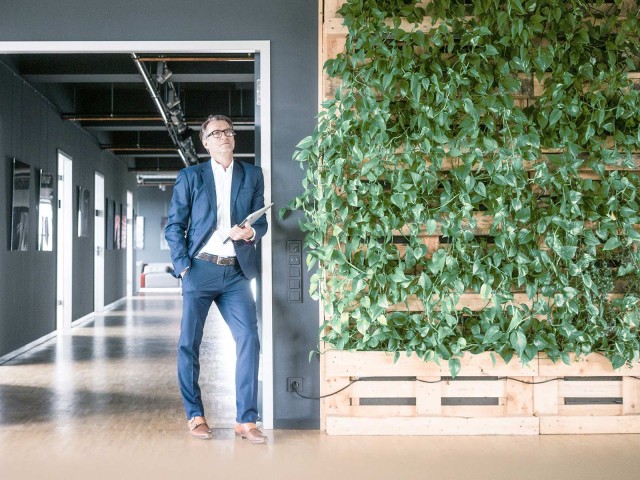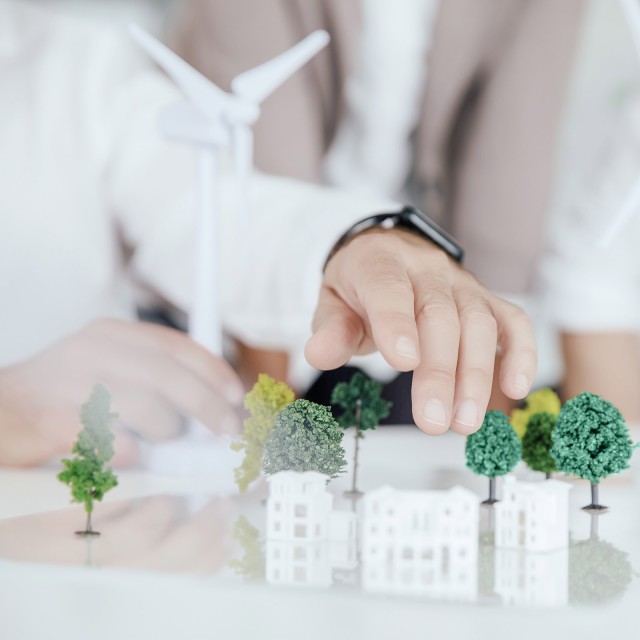How green finance works
The demand for green investments is enormous, but supply is still comparatively small. This opens up opportunities – if you know what matters.


“We treat this world of ours as though we have a spare in the trunk.” Jane Fonda was unfortunately correct with this statement. The good news is that awareness of the need to change course is growing rapidly. In 2015, 195 countries committed themselves to the Paris Climate Agreement to limit global warming to less than two degrees Celsius.
This poses a challenge for companies and their banks, because climate protection targets can only be achieved with huge investments. Companies, countries and banks need financing for this, e.g. in the form of loans, bonds or promissory notes.
Green investments – desperately wanted
On the other hand, more and more investors are viewing green forms of investment as important. According to various surveys, around two thirds are consciously looking for investment opportunities with positive social and ecological returns. This offers companies and other capital seekers such as countries and supranationals enormous opportunities in financing. Green financing could receive further impetus from the legal and regulatory requirements that are currently under discussion. The EU intends to use green financial products as another way of slowing climate change.
Many companies and potential green bond issuers are still wary of green and sustainable forms of financing, simply because they do not understand how they work and they are unsure if their projects are green enough. Green finance instruments are worth considering much more than you might think.
We believe that, as there is no second earth in the trunk, sustainable action is absolutely necessary. In this topic special, LBBW provides all interested companies and bond issuers with an overview of how green finance works – and whether it will work for them.





